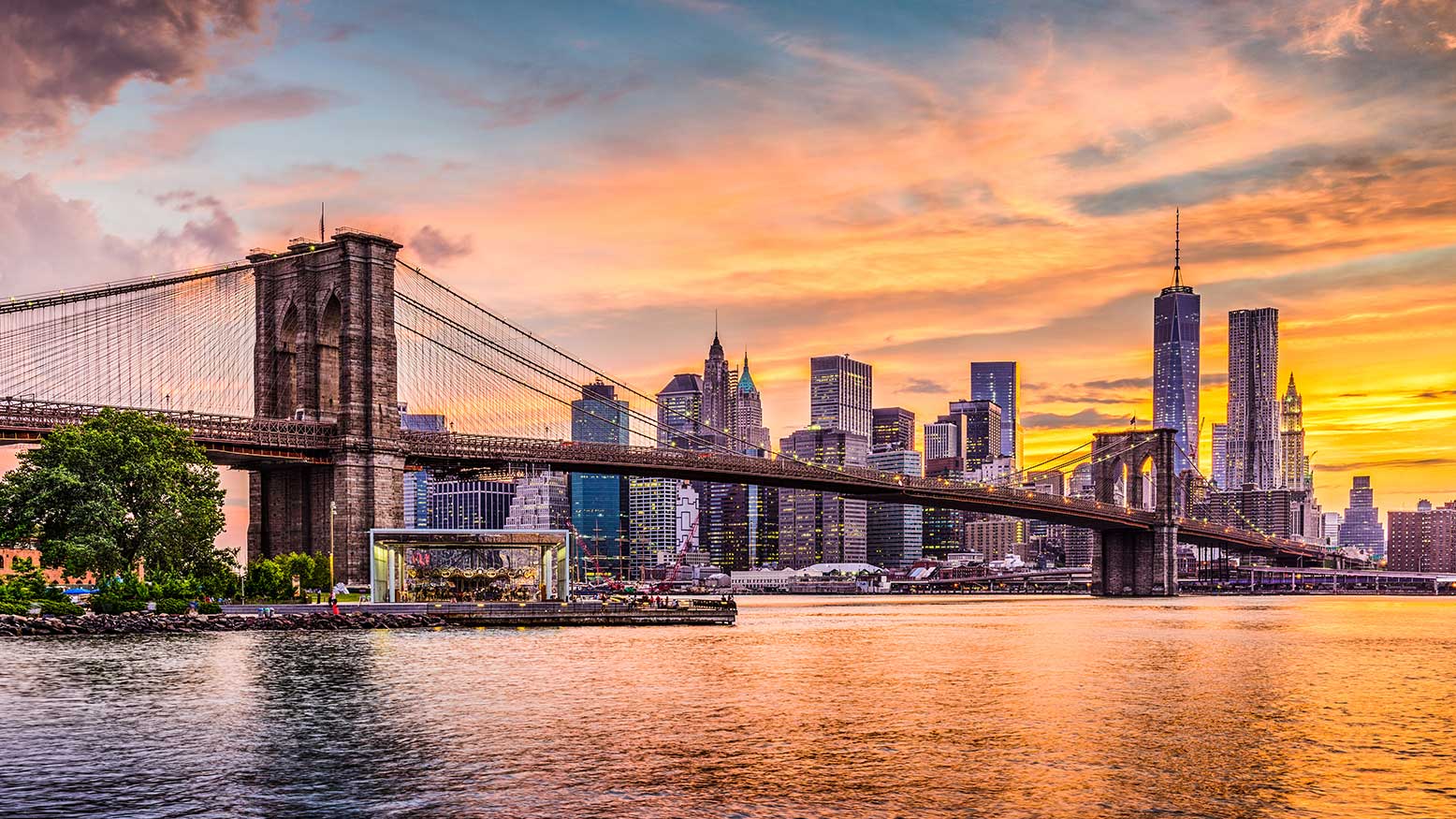Location Tips for Photographers with Alissa Zimmerman
Locations can make or break an entire shoot. There are a lot of factors that go into finding the perfect location, whether you’re shooting locally or traveling. Here are my top tips for finding locations and managing the process, and some of the variables involved.
Whether you’re looking for a handful of go-to spots for local photo sessions (which I highly recommend) or trying to find one epic spot for a destination session, doing the proper legwork ahead of time ensures you don’t run into too many bumps the day of the shoot—and if you do hit any bumps, you will be prepared for them.
Go-to Local Spots
For go-to local spots, you have the luxury of scouting in person. Go-to local spots are those locations you have in your arsenal when a client says they want a park or urban backdrop. We don’t let our clients pick the exact location for their photo shoot. Instead, we ask them if they want a park, urban setting or a combo. We arrange a meeting spot, then have them follow us to one of the locations in our pre-scouted arsenal. Keep it simple.
Search on Google for 10 to 15 urban and green settings. Take a day and drive to each spot. See how many unique shots you can get out of this one location. Is the location good for just one angle? Are there multiple angles and looks? If it’s the former, nix it. Use that spot for a one-off shot if you have time.
Local locations are all about speed and efficiency. Be smart about building your arsenal. You need to able to shoot there at any time of the day. We use the app TPE (The Photographer’s Ephemeris) to measure the direction of light throughout the day at all of our locations when we are scouting.
Destination Sessions
This is where things start to get tricky because you don’t have the luxury of hopping in your car to scout whenever you’d like.
Schedule a day before the shoot to scout the locations you’ve already mapped out online. So many times over the years when mapping out locations online and getting all excited about them, we showed up only to realize they’d been completely altered in Photoshop or didn’t exist at all. Do your legwork upfront. I use Google Maps religiously for destination sessions. I start my process by going to Pinterest and typing, “unique locations in austin.” I create a board and call it Austin Locations, then pin anything to the board that piques my interest.
Next, research each spot you find interesting. Figure out which ones are realistic (some may be three hours outside the city you’re traveling to), put the locations in Google Maps and look at each in Street View to get an idea of what’s around.
Now start to put together a mood board. Keep it simple. Use a few pictures for inspiration and potential shot ideas. Put the name of the location with the distance from wherever you’re staying at the top of the page.
Permits
Don’t underestimate the power—and legal requirement—of a permit. Photographers are notorious for believing they can do whatever they want whenever they want. Permits are a necessary part of every shoot we do.
Want to look like a complete idiot in front of your clients? Here’s how:
Step 1: Send the mood board to your client and get them all excited about the super cool locations you found for their session.
Step 2: Show up to said super cool location with your client for their session.
Step 3: Once you have the shot set up and you’re ready to shoot, Ranger Bob approaches and asks if you have a permit. You don’t.
Step 4: Ranger Bob kicks you out of the location and you have no backup spot.
Congratulations. You look like a total idiot in front of your client—the client who paid you lots and lots of money to be a professional and provide a once-in-a-lifetime experience. Always get a permit.
Understand Time
There’s this beautiful and rare thing in life called time. Most people don’t understand time, especially when organizing travel and photo sessions. Give yourself wiggle room. It’s always better to have too much time than to scramble to get the shot.
If Google Maps says it takes 45 minutes to get from point A to point B, allow at least an hour of drive time. Always factor in additional time for traffic or running behind on hair and makeup.
If you are rushing through your shoot because of an unrealistic timeline, you could walk away from your shoot with few useable images. Give yourself enough time to focus on all the little details that go into creating the perfect image.




